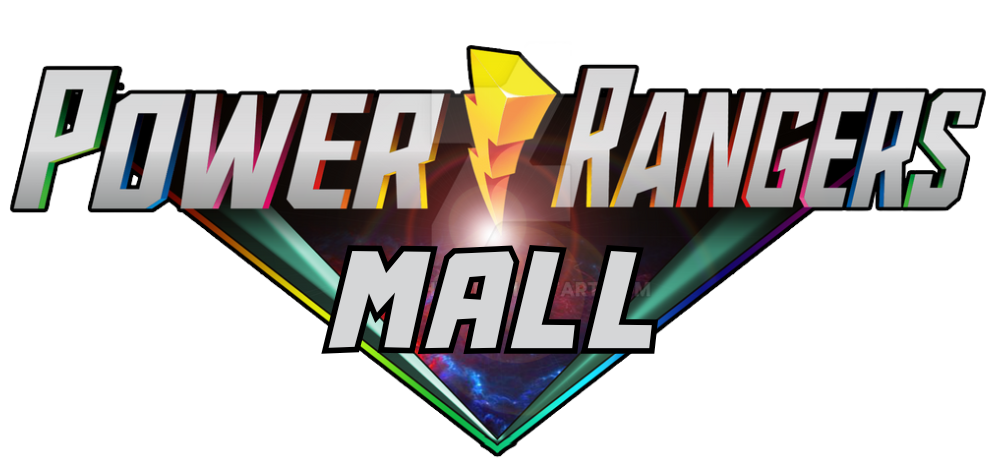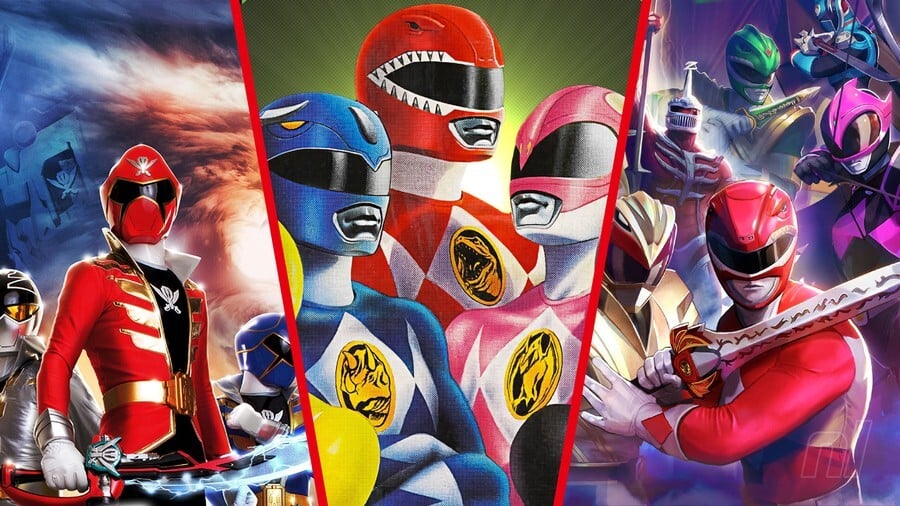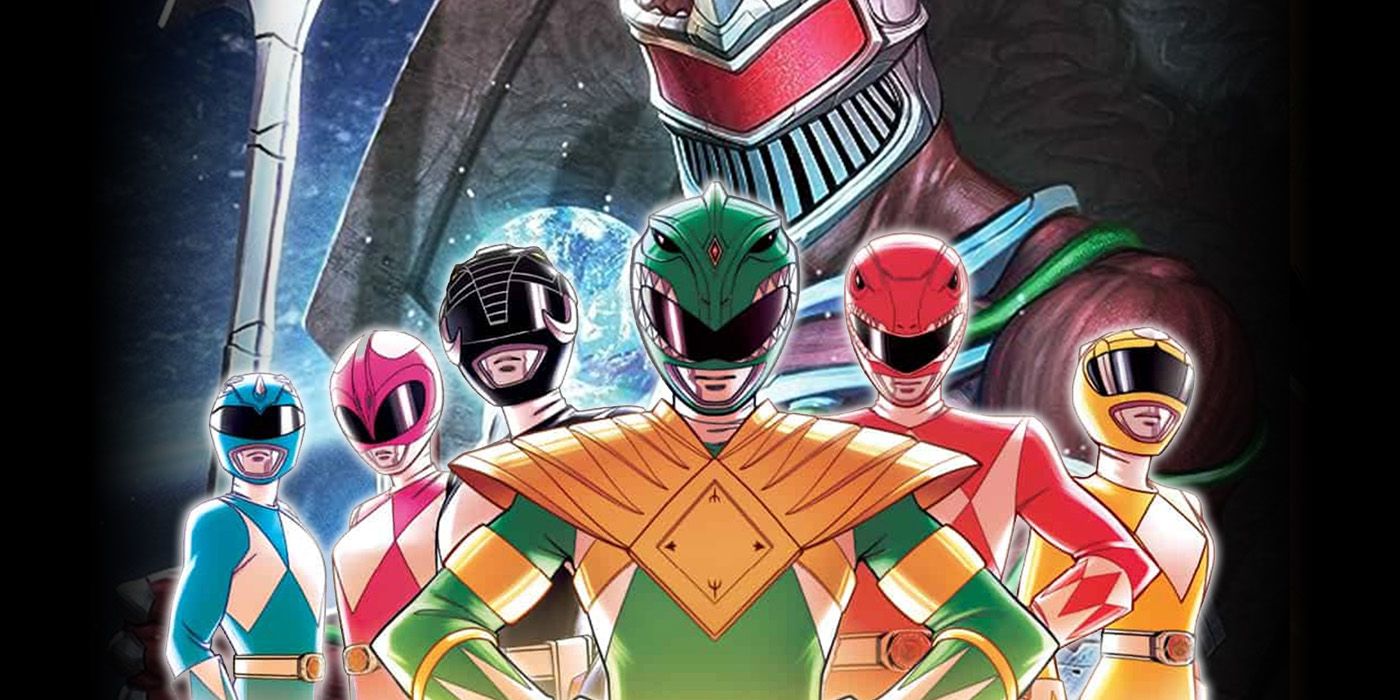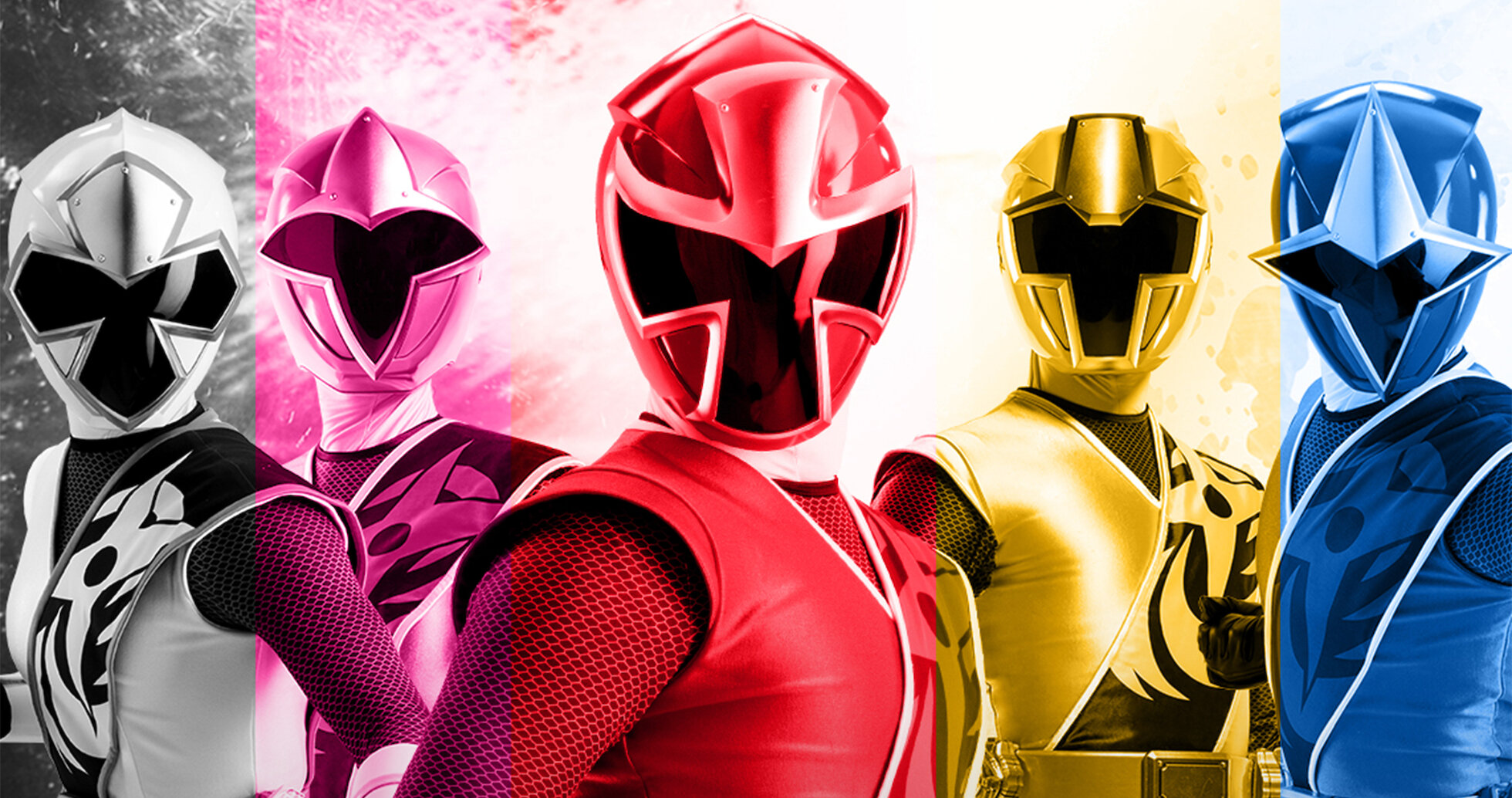Since its debut in 1993, Power Rangers has become one of the most iconic children’s franchises in the world. With its colorful costumes, action-packed battles, and team-based storytelling, the series has captured the hearts of millions across generations. But what exactly is Power Rangers? Where did it come from, and why has it stood the test of time for over three decades? This article explores the history, essential facts, and cultural impact of the franchise that turned teenagers into heroes.
What Is Power Rangers?
Power Rangers is an American action-adventure television series based on the long-running Japanese franchise Super Sentai, created by Toei Company. The basic formula of the show follows a group of young individuals—usually teenagers—who are chosen to transform (“morph”) into superheroes and fight evil forces threatening Earth. Each Ranger is associated with a specific color, skillset, and a powerful robot called a Zord.
The Rangers combine their Zords to form a giant robot, usually called a Megazord, used in epic battles against giant monsters. The show is known for its use of martial arts, team dynamics, and life lessons wrapped in fantasy and sci-fi themes.
A Brief History of Power Rangers
-
1993: Mighty Morphin Power Rangers
The franchise began with Mighty Morphin Power Rangers, adapted from the Japanese show Kyōryū Sentai Zyuranger. It was a massive hit, blending original American scenes with dubbed Japanese fight footage. Characters like the Red Ranger (Jason), the Green Ranger (Tommy), and villain Rita Repulsa became household names. -
1990s–2000s: Expansion and Evolution
Each new season introduced a fresh team of Rangers, new themes (ninjas, space, animals, time travel), and new villains. Shows like Power Rangers In Space, Time Force, and Dino Thunder expanded the lore and deepened character development. -
2010s–2020s: Hasbro Era and Reboots
After Saban sold the franchise to Hasbro in 2018, Power Rangers underwent a soft reboot with improved storytelling and production. The most recent installment, Cosmic Fury (2023), marks the end of the traditional format and hints at a new cinematic universe in development.
Interesting Facts About Power Rangers
-
Inspired by Japan: Most fight scenes in early seasons were directly taken from the Super Sentai series, saving millions in production costs.
-
Over 20 Red Rangers: With more than 30 seasons, the series has introduced dozens of unique Rangers across different timelines and dimensions.
-
Legacy Actors: Jason David Frank (Tommy Oliver) played multiple Ranger roles over a decade and remains one of the most beloved actors in the franchise.
-
Global Reach: Power Rangers has aired in over 150 countries and translated into multiple languages, making it a global pop culture icon.
-
Merchandising Powerhouse: The franchise has generated billions through toys, video games, comic books, and feature films.
Cultural Impact and Legacy
Power Rangers is more than just a children’s TV show. It became a cultural movement that inspired generations to value teamwork, courage, and responsibility. It helped normalize diversity in casting at a time when most children’s shows lacked representation. Many fans credit Power Rangers with teaching them discipline, leadership, and standing up against bullying.
The franchise also played a key role in bridging Western and Eastern entertainment by popularizing the tokusatsu (special effects-based live-action) genre outside of Japan.
After more than 30 years of morphing heroes, Power Rangers continues to evolve while staying true to its core values—unity, bravery, and fighting for good. With new films, series, and reboots planned under Hasbro’s vision, the legacy of the Rangers is far from over. Whether you’re a nostalgic fan or a curious newcomer, there’s always more to discover in the ever-expanding Power Rangers universe. It’s morphin’ time—again and again.
Explore More Power Rangers Merch For Fans



